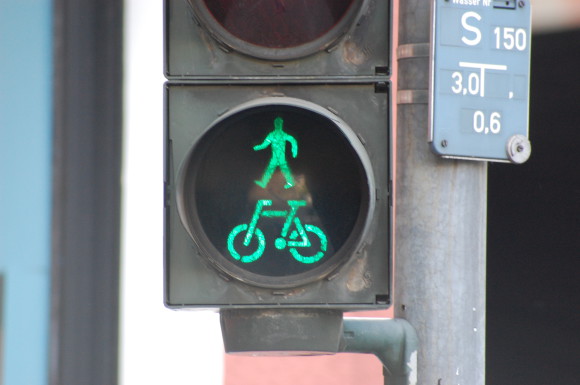
Cycling and health – Obviously a winning team
A study published recently in the British Medical Journal has proven once more what committed cycle commuters have known for a long time: Taking your bike to get to work makes you fitter! Using a large, nationally-representative dataset, the authors of the paper found that using an active mode of transport for commuting is correlated with a significantly lower Body Mass Index and body fat percentage than using passive modes like cars or motorbikes.
Even using public transport proved to be more beneficial for general fitness than private motorised transport, probably because of the walking to and from stations and stops.
This paper is just the most recent one of numerous studies which have proven the positive health effects of active transport in general – and cycling in particular. But how can these effects be measured and assessed from an economic perspective? For this purpose, the World Health Organisation (WHO) developed the HEAT tool (Health Economic Assessment Tool) for walking and cycling. Published for the first time in 2011, the tool has now been updated. Changes with regard to the previous version include:
- updated relative risk functions for walking and cycling;
- new Values of Statistical Life (VSL) with averages and country-specific values (based on a methodology developed by the OECD);
- updated and more detailed mortality rates for European countries;
- new section of frequently asked questions (FAQ); and
- several bug fixes.
The full text of the study can be found here.
The tool as well as further explications can be found here. Sprechen Sie Deutsch? Der Spiegel published a news article on this topic, which you can find here.
- Log in to post comments
Contact the author
Recent news!
Upcoming events
Contact Us
Avenue des Arts, 7-8
Postal address: Rue de la Charité, 22
1210 Brussels, Belgium










